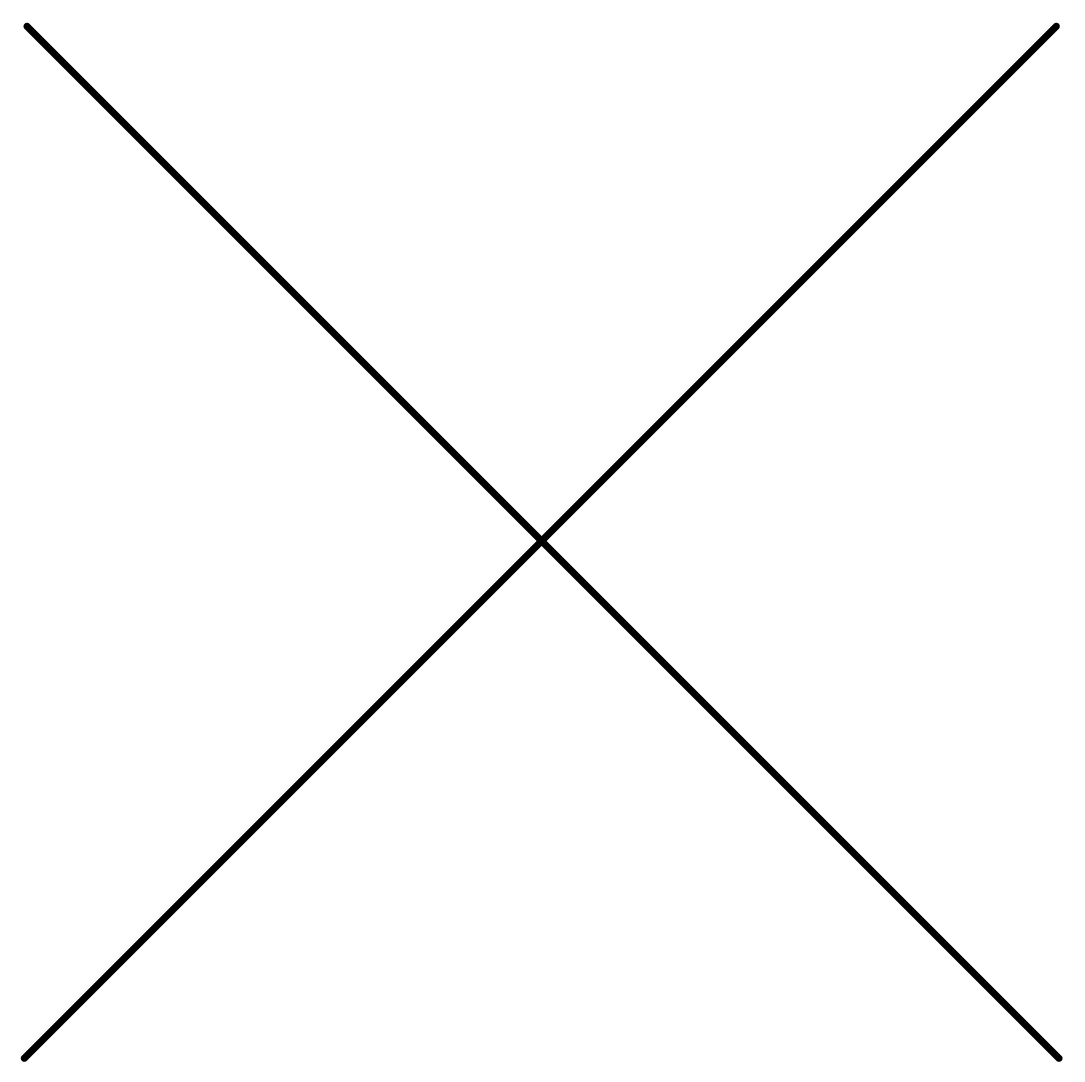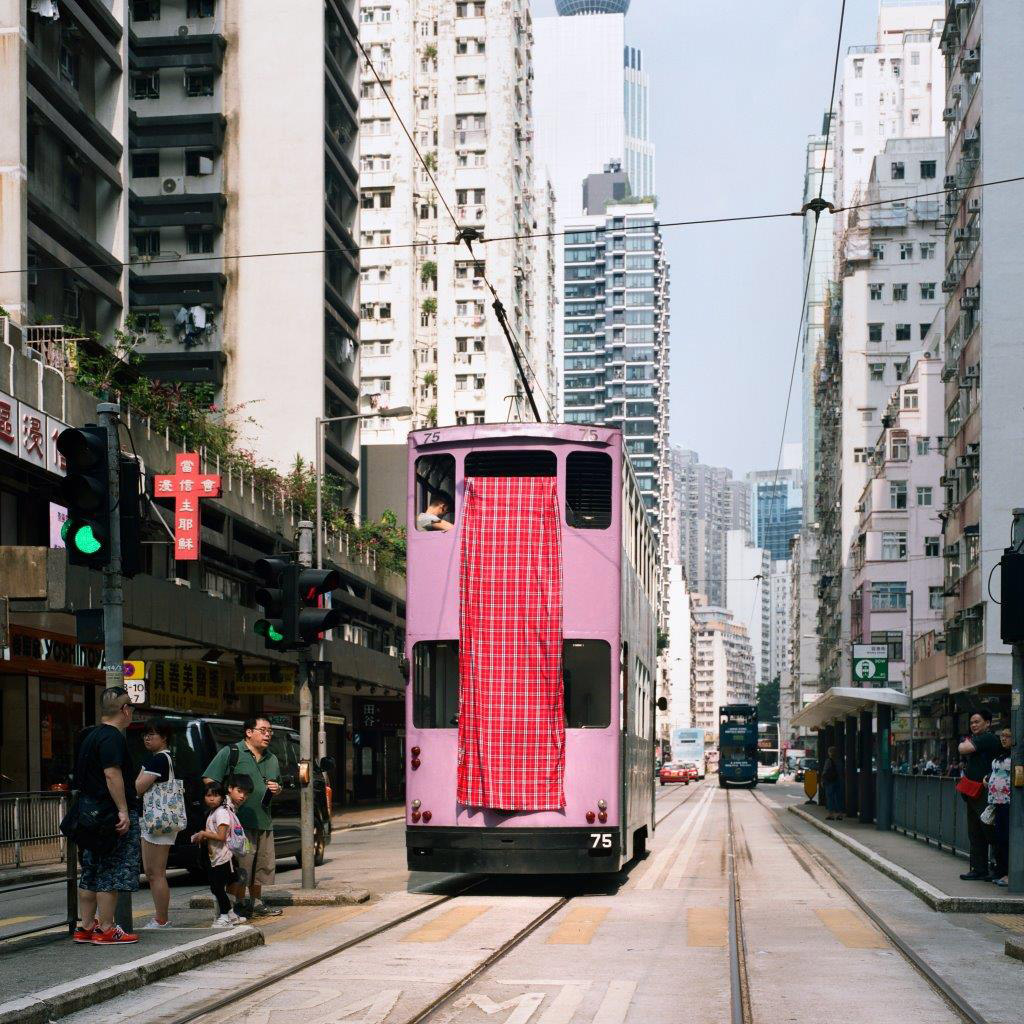Urban Blanket, Hong Kong, Carte blanche, Joseph Gobin Photographer
Hong-Kong is an incredible city with an exciting story which continuous to be written every day. Decades after decades, the city became one of the most attractive metropolitan area over the planet.

Shape by its tradition, its culture, its history, its challenging territories, its subtropical climate and a limited land, Hong Kong became a fascinating city. With the world’s largest number of skyscrapers, and the third-largest number of high-rise buildings in the world, the city is one of the most densely populated places in the world. with all its consequences and its benefits.

The open space for inhabitant is very limited, but well organized and equally spread within the territory.
As often in Asian city, when possible the pavement becomes an extension of the built area, stools, and plants colonised the free space to optimize every centimetre square.
Here no need to encourage Hongkongers to extend their private space within the public space. This is common sense: subway stations become picnic areas; pedestrian bridges a potential nap zones or market places; streets with low traffic, a market street; large pavement, dai pai dong (cheap noodle shop with on the side stools ready for costumers). The parks are gym centre or community point for family reunion, Mah-jong table on plastic box give you the feeling to be in one of your uncle’s living room. Hongkongers knows how to use all these free space in the respect of the other. The rules are clear and accepted by all.
The urban blanket in this context is an opportunity to go further or to bring some comfort in these daily activities. to push these boundaries,
In autumn 2019, while the population demonstrated to keep their freedom of expression and that the new corona virus is not yet a public health problem, Multiply Office and the French photographer Joseph Gobin went to Hong Kong with “the Hong Kong urban Blanket edition” device to shoot a series of images that question our relationship to urban space.

Using analogue photography, Joseph Gobin decided to question the relation to invasion. His series of photographs are a soft declaration of presence, a gentle take over of the city.
The blanket plays a role as an urban animal, wanders through the city; explores its different aspects and opportunities with respect and common sense. The blanket moves from one place to another with respect and elegance, it seems free and light, capable of adaptation. Half-chameleon, half-signal It invites the observer to realize the richness of their city and to enjoy it.
Today six months have passed since this exciting photo shooting, for good or worse, political and sanitary situation have changed. The symbol of the blanket floating on the air seems to have a quite different meaning today and could be seen from very different perspectives depending on which side we want to see the present : The blanket that reminds of the colour of the island’s flag and of the taxis could be seen as the new presence of a new omnipresent force, A national call for cohesion, a hidden sign of protest or a giant face mask to protect the city from the covid-19.
This ambiguity becomes very interesting at a time where a same image is often used to illustrate very different ideas.











